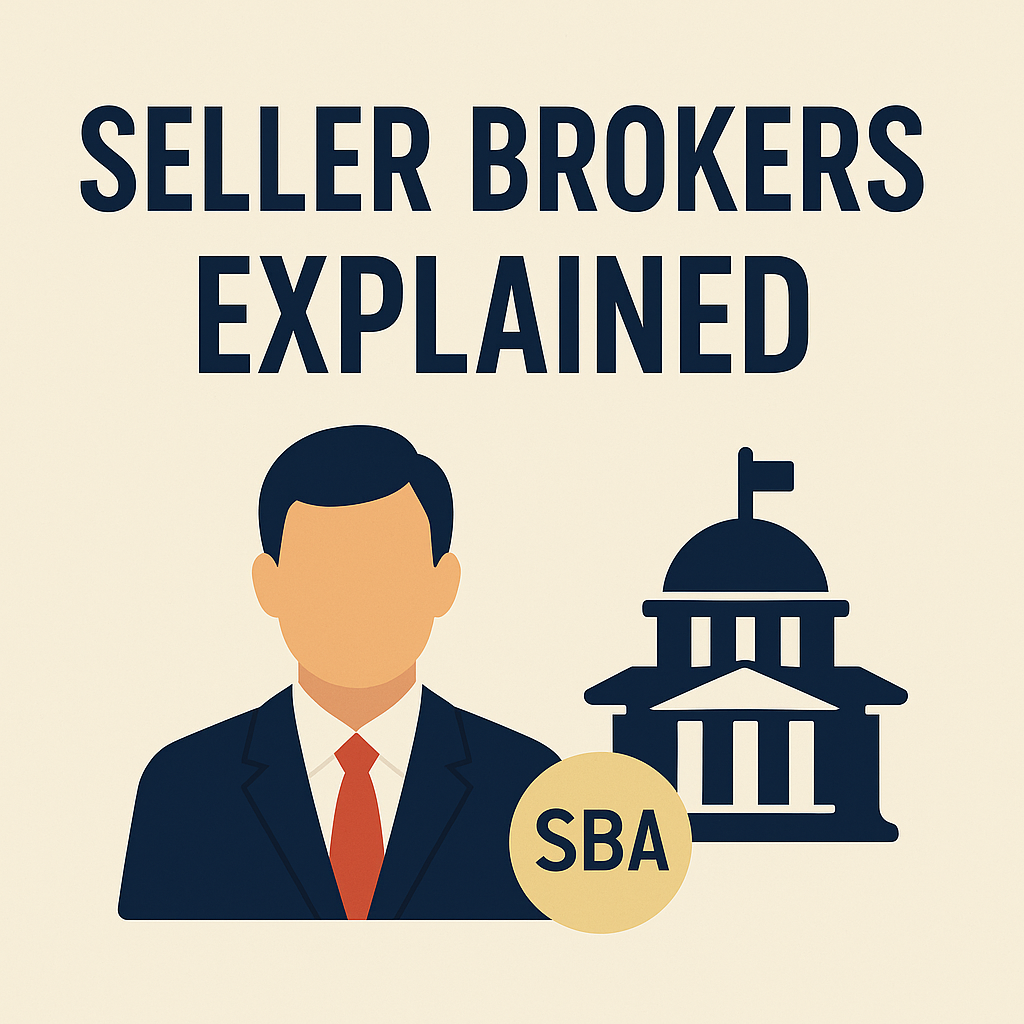
Asset Purchase v. Stock Purchase?
- General
- October 24, 2025
Everyone hears they’re supposed to do a straight asset purchase when they buy a business.
There are reasons that advice exists — but it’s only half-true.
Buyers are told: “Do an asset deal so you get limited liability.” That’s the headline. But the actual rule in most states is more complicated. There’s a quiet doctrine called successor liability that can make that assumption completely wrong.
And that’s only the beginning of the problems with a plain asset purchase.
The Myth of “Limited Liability” in Asset Deals
In theory, an asset purchase means the buyer forms a new entity, cherry-picks the assets it wants (equipment, contracts, goodwill, etc.), and leaves the old company — and its debts — behind.
But courts don’t stop there. Under the successor liability doctrine, if the buyer is seen as a continuation of the old company — same employees, same trade name, same management, same customers — the law can treat you as the same business for liability purposes.
In plain English: you can still get sued for the seller’s old obligations.
That’s why the “asset deal = no liability” line isn’t really true. The protection only works if the new entity actually looks and operates like a different business — which, in a small-business acquisition, it usually doesn’t.
The Real Operational Tradeoff
Asset purchases create paperwork chaos. Every vendor, customer, and landlord needs to sign new agreements. Permits and licenses must be reissued. Payroll has to be rebuilt from scratch.
In a stock purchase, by contrast, the entity itself stays intact. All contracts, EINs, and operating accounts stay exactly the same. But you inherit the old company’s tax basis — meaning you lose the ability to step up and re-depreciate the purchase price.
So you’re stuck choosing between (a) messy operations and maybe limited liability, or (b) clean continuity and no tax step-up. Neither is ideal.
The Better Way: The F-Reorganization
The F-reorg is the quiet fix that solves both sides of that tradeoff.
Under IRC §368(a)(1)(F), an S-corporation can be reorganized into a new entity that the IRS treats as the same taxpayer for federal tax purposes. Here’s what happens:
- The seller forms a new holding company.
- The old operating company merges up into it.
- The buyer then purchases the shares of that new holding company.
To the IRS, it’s still the same S-corp — so there’s no double taxation, and S-status is preserved.
To the buyer, it behaves like an asset deal — with a full step-up in basis, clean new ownership, and intact operations.
You get continuity without contamination. You get depreciation without chaos.
Why Most Lawyers Miss It
The F-reorg sounds technical, and that’s why most lawyers handling $1–10 million transactions don’t propose it. They stick to the “asset vs. stock” binary they learned early in practice.
But in reality, the structure is simple. A few extra formation documents, a short plan of reorganization, and you’re done. Even SBA lenders now accept it as standard if it’s properly papered.
This is why professional acquirers and tax counsel in the mid-market have quietly used F-reorgs for years — and why we’ve made it our default structure for first-time buyers.
The Bottom Line
If you’re buying an S-corp, a straight asset purchase isn’t always the safe or smart move people think it is.
✅ “Limited liability” isn’t guaranteed under successor liability rules.
✅ You lose major tax value with no step-up in basis.
✅ And you waste time repapering every contract.
An F-reorganization fixes all of that: it keeps operations intact, protects the S-corp election, and gives you the tax treatment of an asset purchase — without the double taxation or the liability hangover.
That’s why it’s our standard go-to. It’s cleaner, smarter, and simply a better way to buy a business.
(c) 2025 Prencipe International / M&A Advisory Specialists — For educational purposes only; not legal or tax advice.





